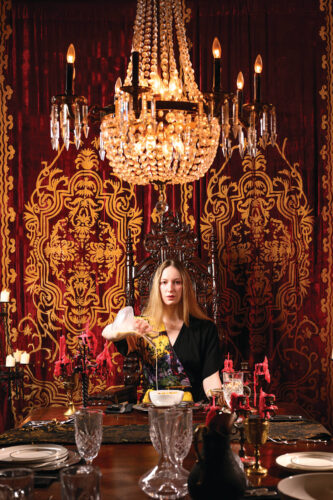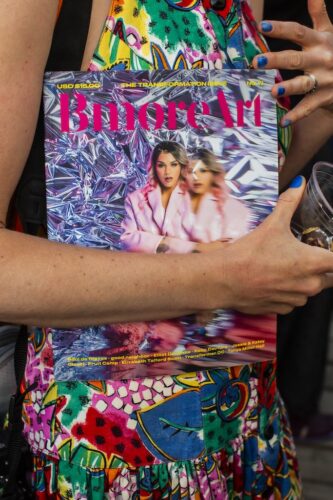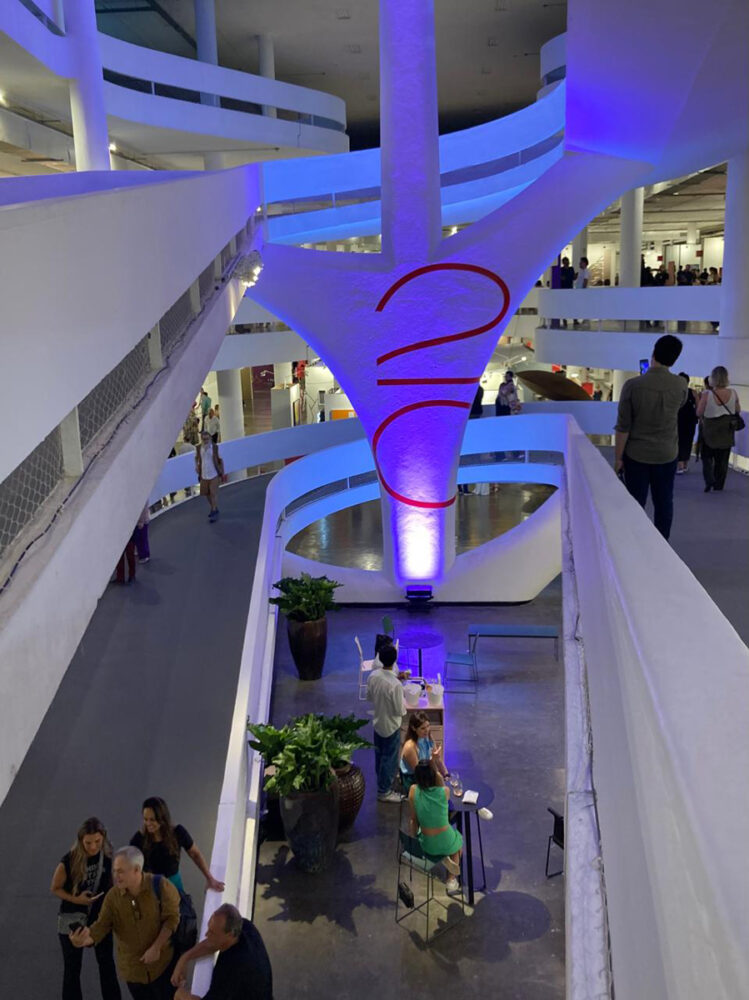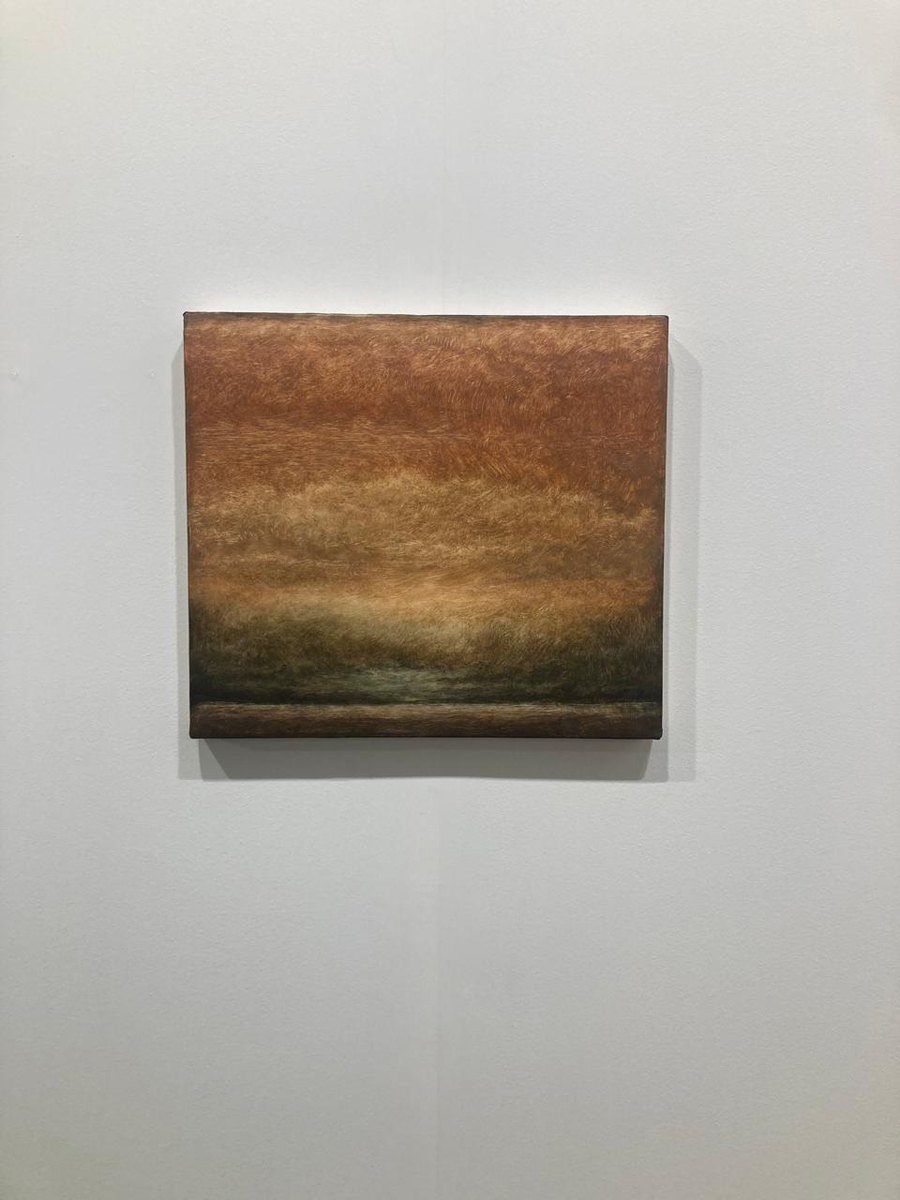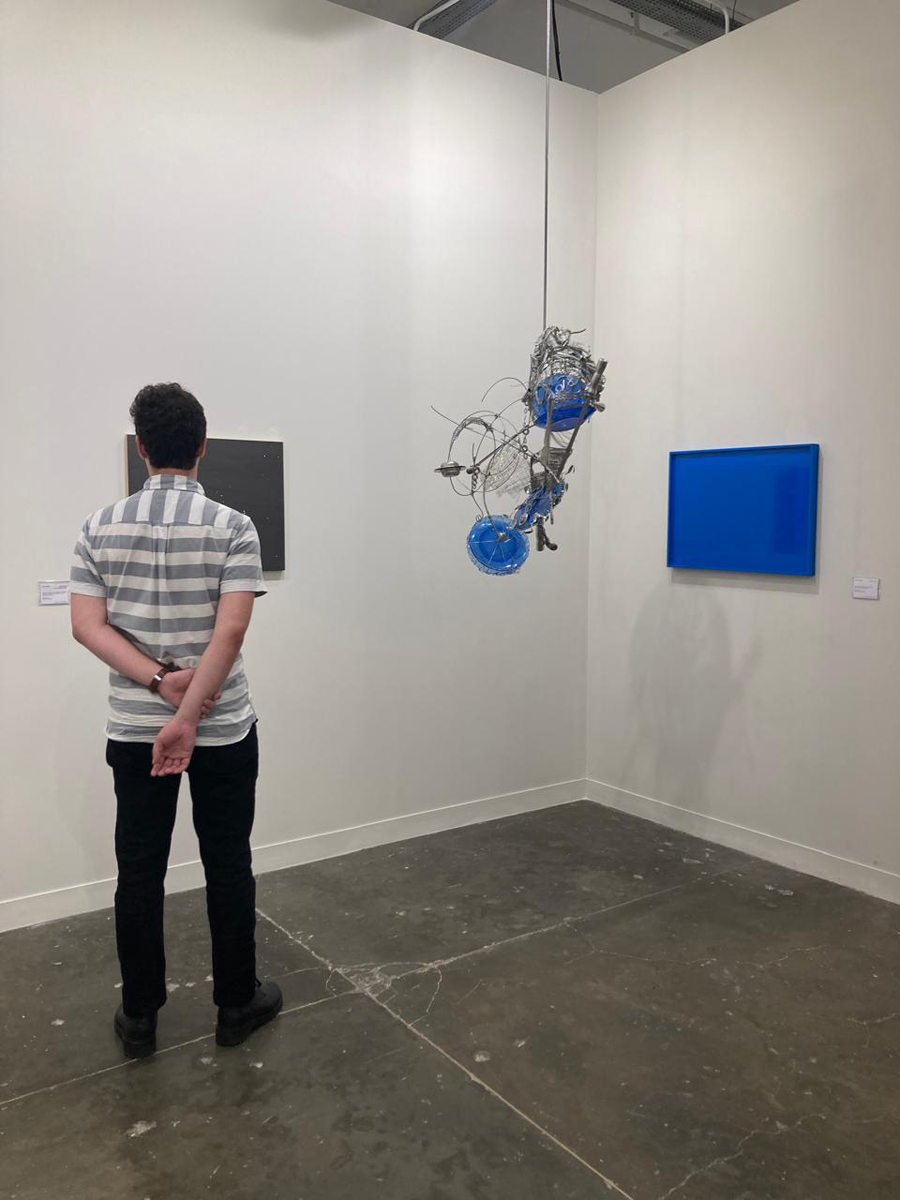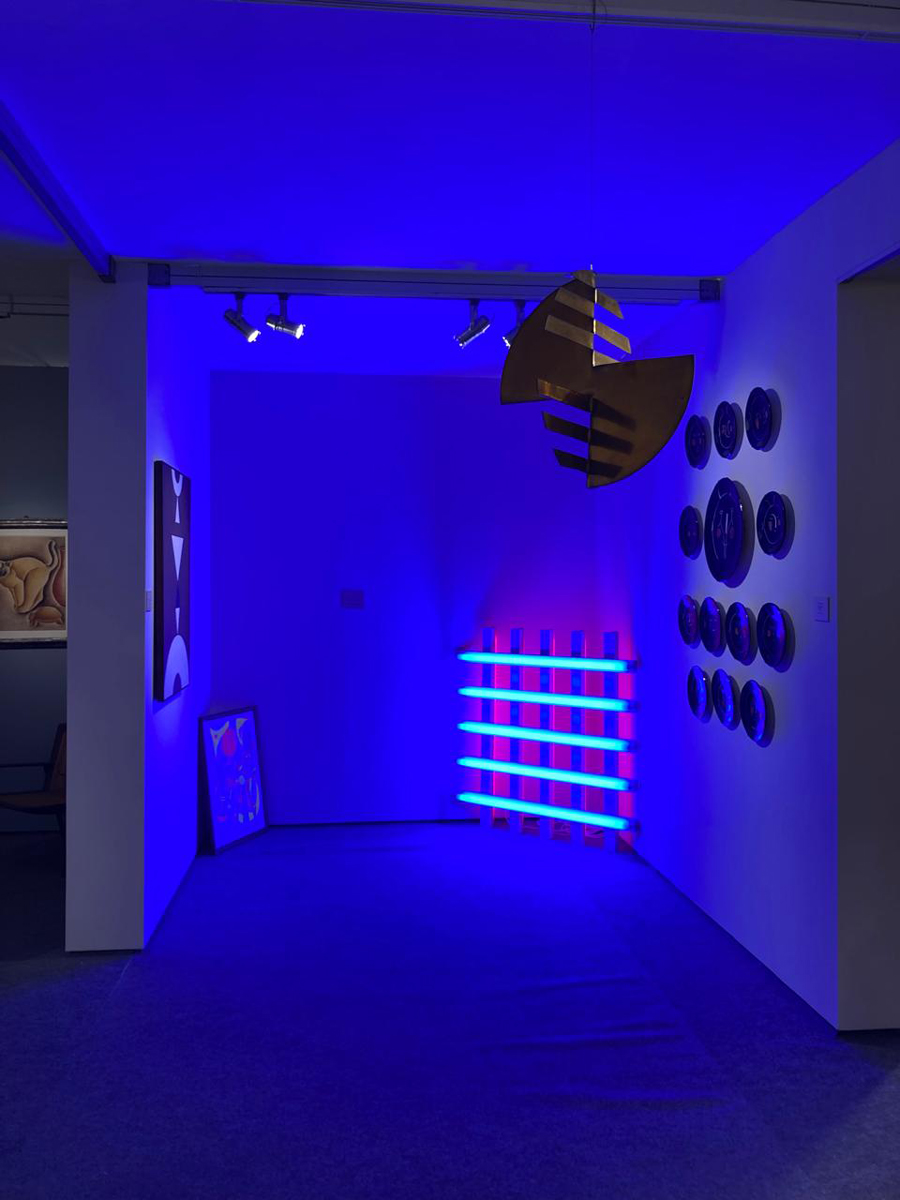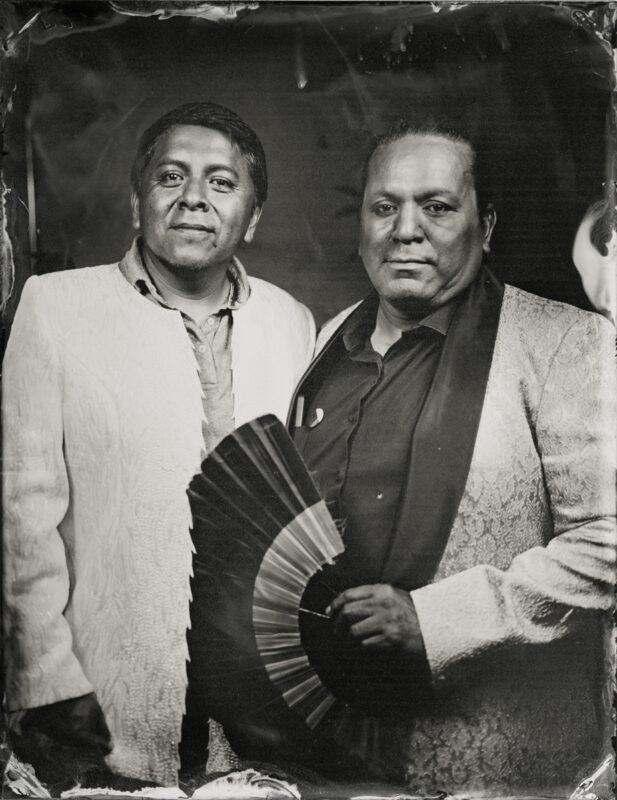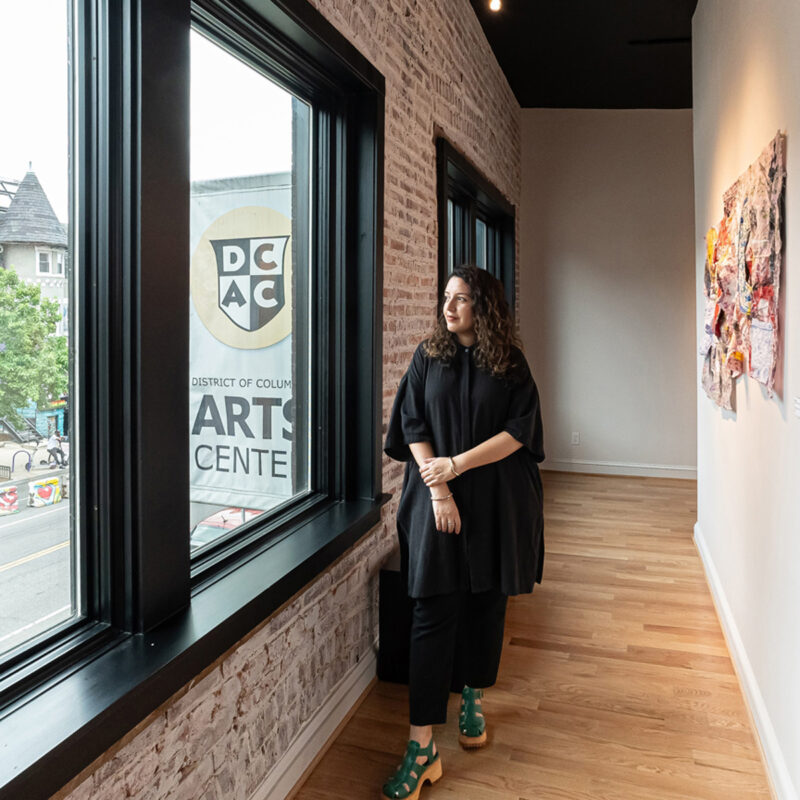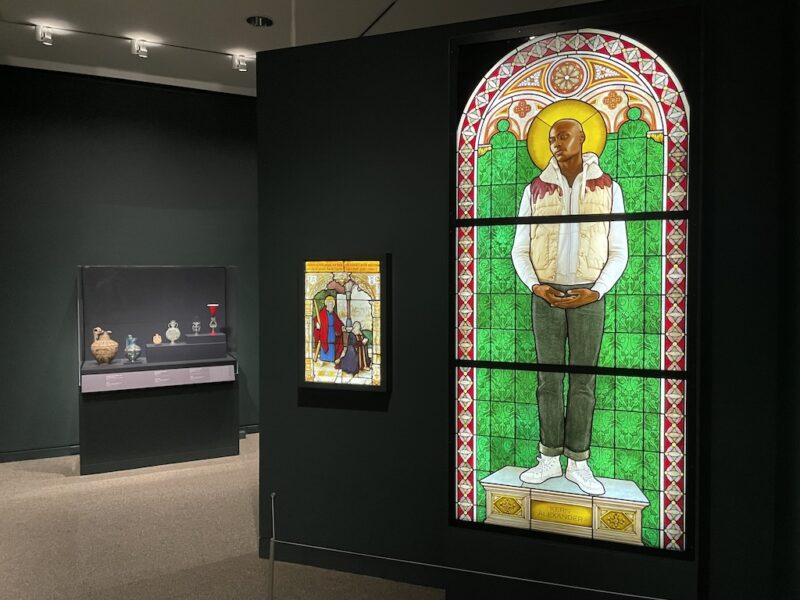South America’s leading modern and contemporary art fair celebrated its second decade this spring. Bringing together more than 32,000 visitors, this edition of SP-Arte served as a meeting point for gallerists, artists, collectors, curators, and art enthusiasts—as well as a prologue to the much-anticipated opening of the 60th Venice Biennale, which for the first time reflected the gaze of a curator from Latin America, the Brazilian Adriano Pedrosa. (Read BmoreArt’s review here.)
Over the five days of the fair, the famous, winding Biennale pavilion—designed by Brazilian architect Oscar Niemeyer—hosted work by more than 1,500 artists, distributed among 190 exhibitors, including design studios, publishing houses, cultural institutions, and national and international art galleries.
Among representatives of modernism, established contemporary artists, and young emerging talents, one of the highlights of this 20th SP-Arte edition was the recurrence of works that seemed to defy the limits of the two-dimensional space assigned to them, creating a striking presence even when verticalized on the walls.
